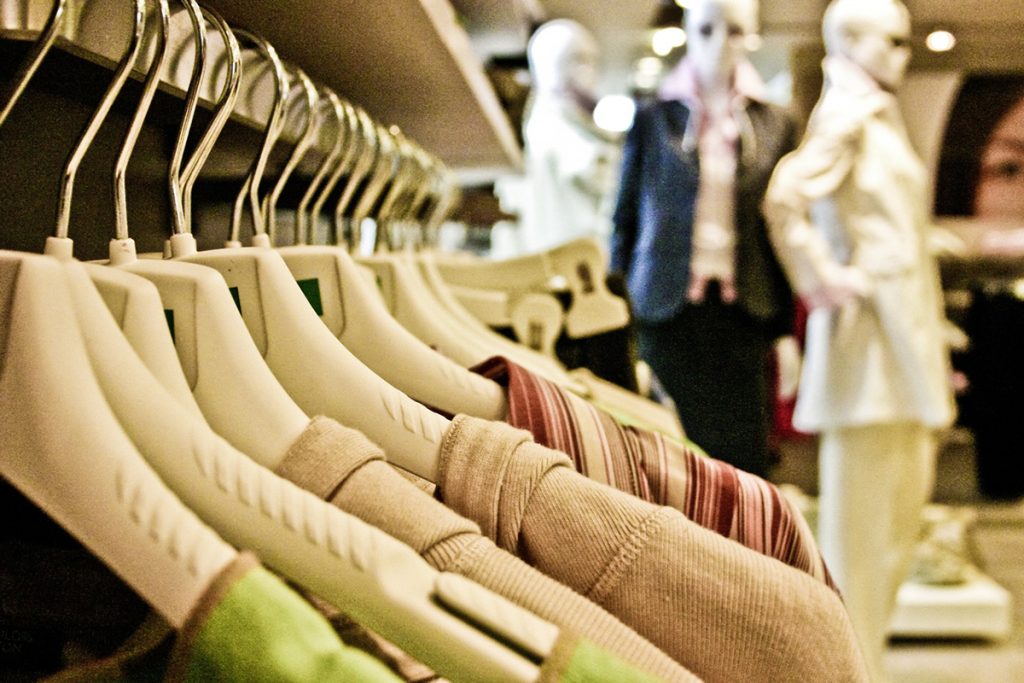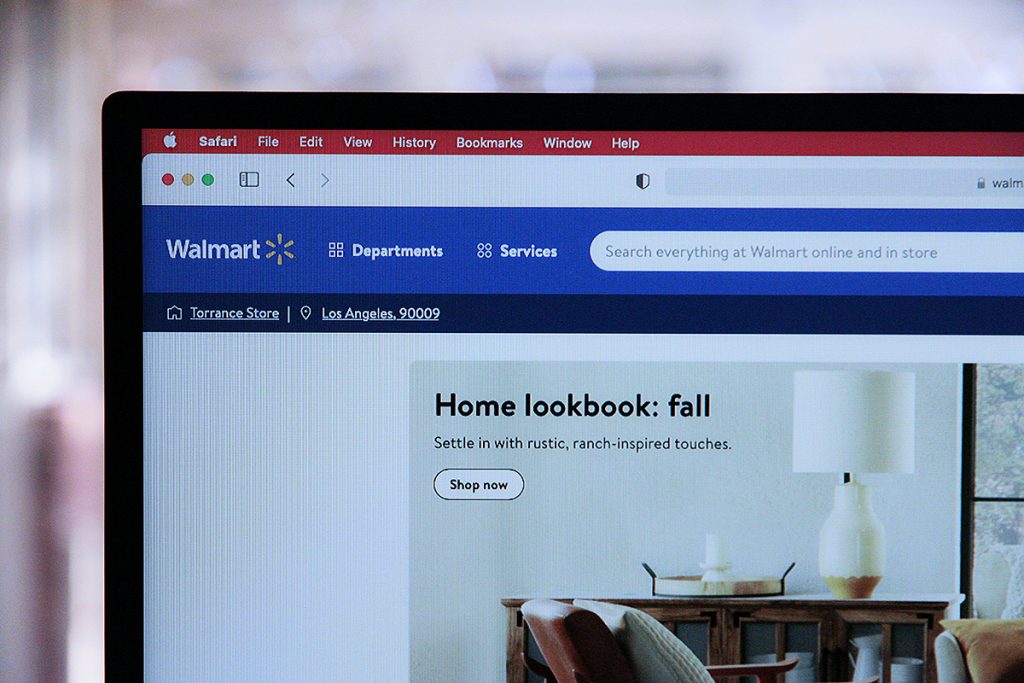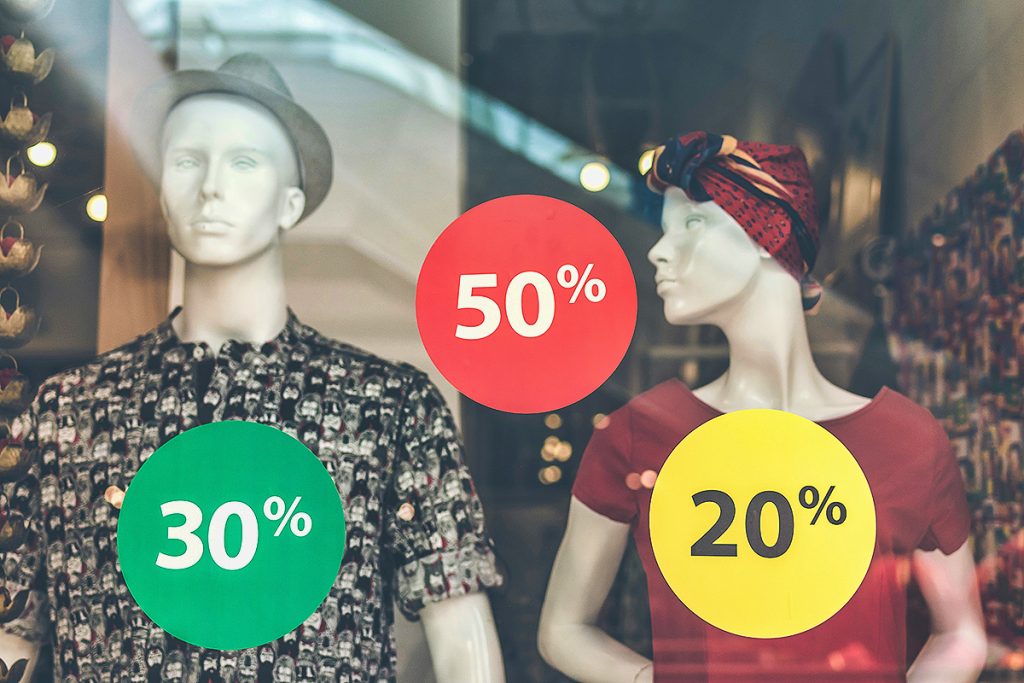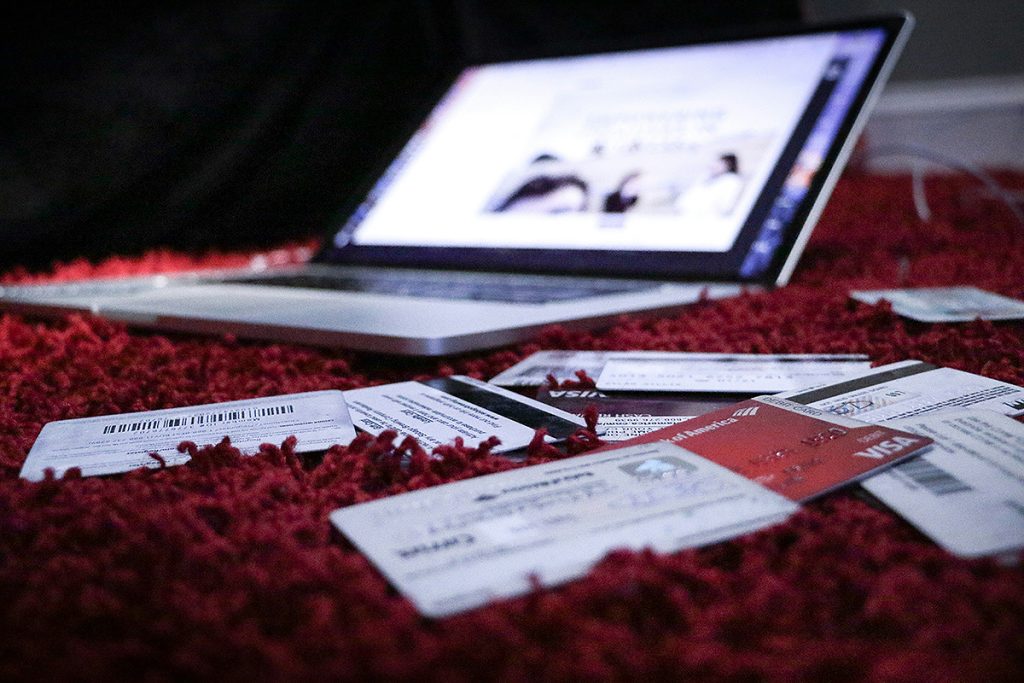The mighty return of the shopping hauls

If you find yourself shopping online more often and noticing that spending money feels less tangible, you’re not alone. Shopping hauls have been around for years, if not decades.
Experts point to a powerful combination of factors driving this shopping haul trend: the constant flood of products on social media, algorithm-driven recommendations, Buy Now, Pay Later programs, and an endless cycle of sales. These factors have made bulk purchases of clothes, cosmetics, and more increasingly common.
It’s not just a fad among influencers either. According to digital marketing platform Dynamic Yield, the average number of items per transaction in the Consumer Goods category is at its highest in the past year, averaging nearly 11 products per order.
While we may not all be shopping to the extreme, consumer spending has stayed surprisingly strong despite an economy showing signs of stress.

The shopping hauls are caused by a decline of checkout lines
One key factor driving the surge in shopping hauls is the growing popularity of Buy Now, Pay Later (BNPL) services like Klarna and Afterpay, which have quickly become mainstream. Even without immediate cash on hand, shopping is now more accessible than ever.
Individuals who tend to be highly materialistic and impulsive in their buying habits are more likely to use BNPL options. This short-term financing can significantly amplify impulsive shopping behaviors.
However, many economists and consumer advocates have expressed concerns about BNPL. Studies show that people with tighter budgets are over three times more likely than their financially stable counterparts to use BNPL services multiple times a year, raising worries about its long-term impact.
The influencers and the influenced
Shopping hauls can be highly lucrative for influencers and social media platforms, significantly shaping consumer behavior. These platforms are increasingly making online purchases seamless, turning passive entertainment into a potentially costly habit, which can be problematic for those with tighter budgets.
Such tools have made shopping hauls more visible, intensifying the social pressure to participate. Social media platforms are also entering the retail space, evolving from mere sources of inspiration to platforms where users can buy products directly without leaving the site.

In the past year alone, people have watched over 30 billion hours of shopping-related content on YouTube. In 2023, YouTube capitalized on its retail influence by launching YouTube Shopping, allowing content creators to tag products from featured brands and earn commissions on sales.
Similarly, TikTok introduced its own shopping platform, TikTok Shop, in 2023. It has since grown to include over 500,000 sellers in the US, including major brands like L’Oreal and e.l.f. cosmetics.
According to a June survey by WalletHub, two-thirds of Americans believe social media encourages overspending. Beyond social media, personalized recommendations directly from retailer websites also effectively prompt shoppers to add more items to their carts.
Online retailers’ most powerful tools are algorithms, data processing capabilities, and user information. As companies invest more in artificial intelligence, these algorithms are becoming increasingly sophisticated at personalizing shopping experiences.
For instance, Amazon introduced an AI-powered feature earlier this year to help customers find the best fit for clothing based on their previous purchases and sizing preferences. While store assistants in physical stores provide personalized service, it might not be long before AI-driven digital assistants surpass them in recommending and selling products.

Overconsumption and underconsumption
The shopping haul trend is facing a countermovement known as ‘underconsumption core,’ led by ‘de-influencers’ who advocate against purchasing unnecessary products. This trend is gaining momentum on social media as a response to the relentless culture of buying.
De-influencing aims to be more than just a hashtag or fleeting trend. An increasing amount of research is exploring the potential dangers of social media, particularly for younger users. While much remains to be understood, these studies highlight how dramatically our internet usage and online interactions have evolved in just a generation.
Additionally, with the fashion industry accounting for 2 to 4% of global greenhouse gas emissions, according to Remake’s 2024 Fashion Accountability Report, there is growing concern about the risks of overconsumption.
This movement encourages us to be more mindful of our resources, urging us to maximize the value of the items we already have before giving in to the urge for the next new thing in a shopping haul.




















